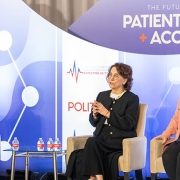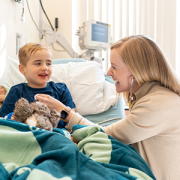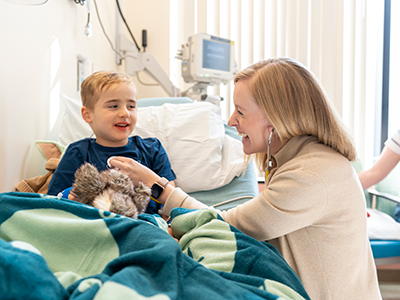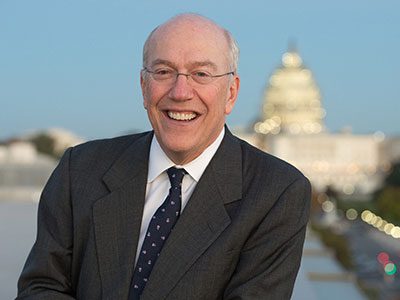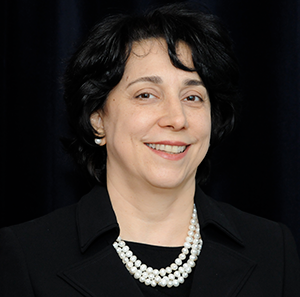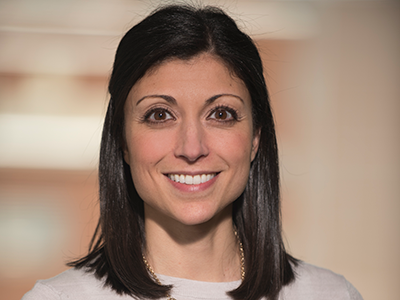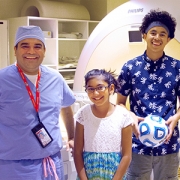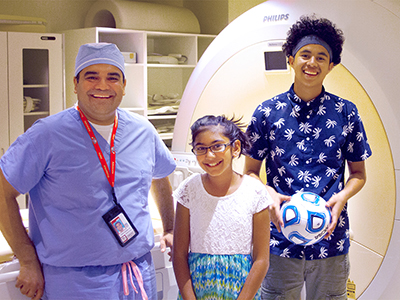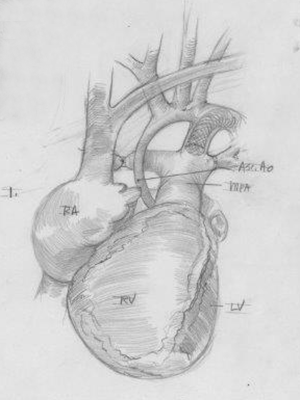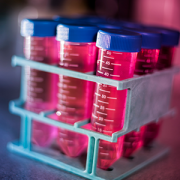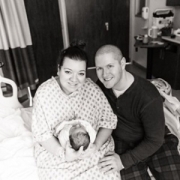
Clara Rose Kwitkin was born at a healthy 7 pounds, 14 ounces on Nov. 12, 2018.
Children’s National Health System introduces clinic to help adults with phenylketonuria, a rare inherited disorder, experiment with Palynziq, an FDA-approved drug that helps the body process phenylalanine.
“What can you eat?” is a common question for picky eaters, particularly individuals with phenylketonuria (PKU), a rare inherited metabolic condition that prevents an enzyme in the body from processing the amino acid phenylalanine (Phe), a building block of protein.
About one in 10,000 or 15,000 people in the U.S. with PKU, approximately 50,000 people worldwide, understand this line of questioning.
“It’s emotional,” says 27-year-old Ashley Kwitkin, a Northern Va. resident and new mom, about the complexities of following a low-Phe diet.
When Kwitkin previously went “off diet,” meaning eating more than six grams of protein a day, the equivalent of a handful of almonds, she felt the consequences: irritability, moodiness and poor concentration. Her body couldn’t process Phe.
The National Institutes of Health mentions excessive levels of Phe can lead to toxic levels in the blood and tissues, and even cause brain damage.
Kwitkin’s motivation during pregnancy quickly changed. “It’s not just me anymore,” notes Kwitkin, who gave birth to Clara Rose Kwitkin on Nov. 12. “It’s me and my child. The moment we met her, our lives changed forever.”
If Kwitkin went off her PKU-approved diet while pregnant, she may have increased the chance that her baby would have been born with intellectual disabilities, heart problems, delayed growth, microcephaly or behavioral problems.
Fortunately, Kwitkin received medical clearance from her doctors to move forward with a safe and healthy pregnancy. While she is a carrier for PKU, her husband is not – which meant their child had less than a 1 percent change of being born with this rare disease.
Like many adults with PKU, Kwitkin is grateful for advancements with early disease detection and treatment. If she had been born six decades earlier, she may have been hospitalized for neurological impairments, before PKU was recognized, screened for and treated with a low-Phe diet to support cognitive development.
Kwitkin is grateful for the popularity of gluten-free, PKU-friendly products and specialty food stores – compared to when she was growing up and had to order medical bread, which cost $13 a loaf and came out of a can. This trend makes it easy to find PKU-friendly meals to eat.
Expanding her palate is one of the reasons Kwitkin is following the results of a new clinic at Children’s National to help people with PKU experiment with Palynziq, an enzyme substitution therapy that helps people with PKU digest Phe.
Palynziq was approved by the Food and Drug administration on May 24, 2018 and a team of metabolic dietitians and geneticists at Children’s National have been helping a handful of adult PKU patients test out the treatment, slowly, over a preliminary period.
To prescribe the drug in a medically-supervised setting, the doctors introduced the injectable enzyme treatment to participants in small .25-mg doses, which started on Aug. 20, 2018, and monitored their progress as they worked up to the standard 20-mg treatment, a milestone many in the group reached in November 2018.
If the treatment continues to go well, based on the results of the FDA’s recommended titration schedule, the medical team will enroll additional participants in its clinic and share the results with other medical centers.
The timing of the new Palynziq clinic is also perfect for Kwitkin. If the drug works for her in the future, she won’t have to make three dinners: one for her, one for her husband and one for Clara Rose. While Kwitkin is currently off the low-Phe diet, she looks forward to resuming a PKU-friendly diet in the future – especially as she and her husband consider having a second child.
Kwitkin’s PKU-friendly diet consists of “safe” foods, such as unlimited amounts of peaches, apples, cabbage and green beans, which contain zero traces of Phe, and portioned amounts of low-Phe foods: pasta, bread, baked potatoes and specialty-ordered, low-protein items.
While planning for pregnancy, Kwitkin adjusted her protein intake to eight grams of protein a day. During pregnancy, she ate up to 19 grams of daily protein – to satiate her body’s needs and the needs of her baby – and regularly checked in with Erin MacLeod, Ph.D., a metabolic dietitian at Children’s National who is guiding the Palynziq clinic.
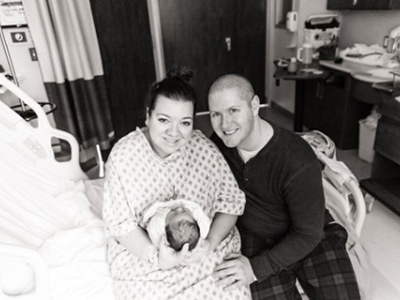
Ashley Kwitkin and her husband look forward to expanding their family in the future.
While the new Palynziq therapy carries potential benefits, such as the ability to join a family potluck without counting grams of protein, have second servings of broccoli, a carefully-portioned vegetable on the PKU diet, or thinking clearly while eating a low-Phe diet, a motivating factor for many of MacLeod’s patients, the treatment also carries risks.
Potential side effects of Palynziq include severe allergic reactions – swelling of the face, lips, eyes and tongue – as well as shortness of breath, a faster heart rate, rashes, confusion, lightheadedness, nausea and vomiting.
So far, minor side effects, such as rashes and injection-site soreness, are noted among participants in the Palynziq trial at Children’s National. The full 20-mg prescription could be increased or decreased, based on how a person’s immune system responds to the foreign agent. If all continues to go well for the participants, they will take the recommended dose, equivalent to about 20 injections a week, and check in with the medical team every three months during the first year. Based on their benefit-risk assessment of the new drug, they can then segue into bi-annual visits if they want to continue with the treatment.
“Our goal is to help participants decide if this therapy is a good fit for them, based on their lifestyle and health preferences,” notes MacLeod. For some people, MacLeod explains, such as those entering college or who form strong social connections around food, and who may experience the impact of going ‘off diet,’ this treatment could change their lives. Others, such as those who are in the process of moving to a new city or are in a busy period of their lives, may prefer following a strict low-protein diet compared to taking daily enzyme injections.
Another factor Kwitkin and MacLeod will keep in mind as the Palynziq clinics advance is the treatment’s variability. For example, Kuvan, the first drug of its kind is an enzyme therapy developed to help the body break down Phe. The drug was approved by the FDA in 2007, but only works in a small portion of the PKU population – about 10 percent of patients with a mild form of the condition. Instead of eating high-Phe foods, Kuvan users follow a mild-protein diet.
MacLeod views this type of individualized meal planning and how her patients react to food as a science, which drew her to the field. She works with 70 to 100 PKU patients each year from infancy to adulthood, including patients in their 60s, to help them meet their unique metabolic needs.
MacLeod is also tracking the use of gene therapy in metabolic disorders in addition to how the gut flora, or gut bacteria, helps PKU patients modulate and break down Phe.
“A lot of research is happening right now,” adds MacLeod about accelerations with PKU therapy. “I’ve seen how patients respond to new treatments, including a carefully-measured, low-Phe diet, and how their lives start to change once they can think clearly and feel better, which is a motivating factor and goal for many of our patients. I’ve also seen others pursue their dreams, which in Kwitkin’s case was to become a parent and history teacher.”
Like Kwitkin and others impacted by PKU, MacLeod looks forward to ongoing developments and research for this rare disease.



